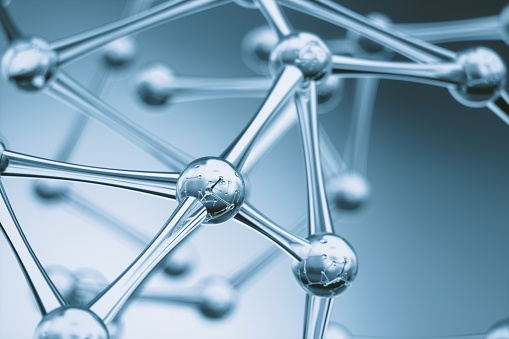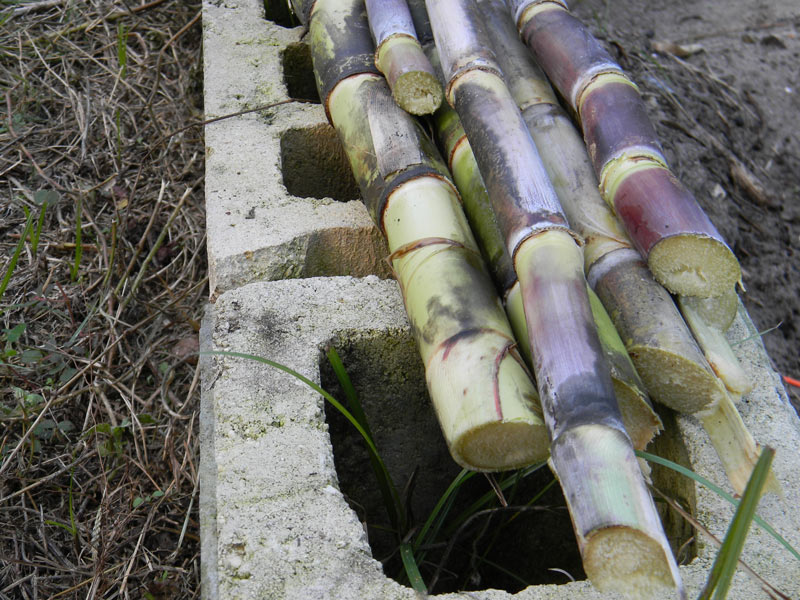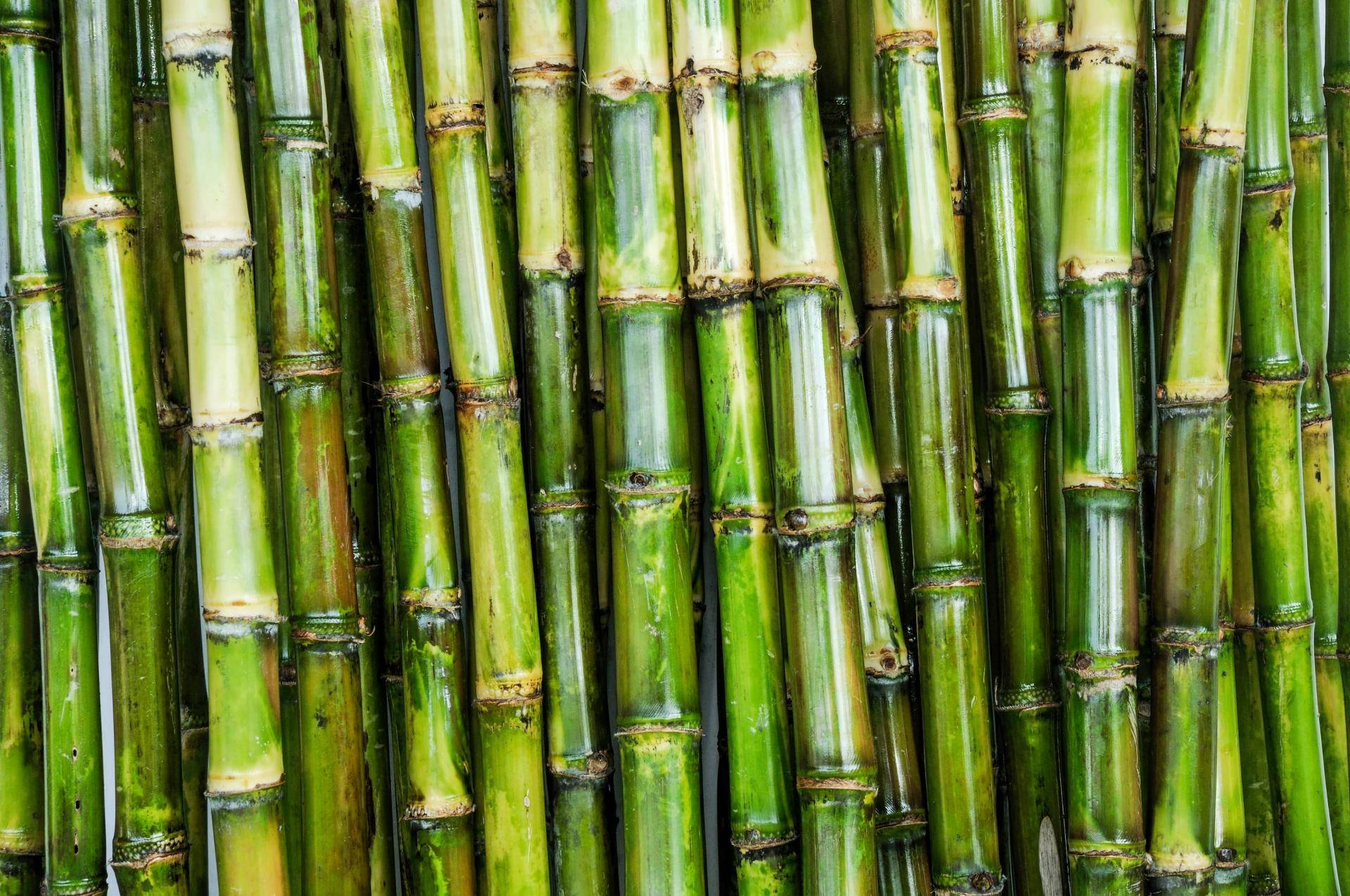How Walking Cane Sugar Processing Chemicals Improve Sugar Quality and Return
The role of handling chemicals in cane sugar production is critical, as they straight influence both the high quality and yield of the end product. By employing compounds such as lime and phosphoric acid, manufacturers can successfully get rid of impurities and improve removal performance. Moreover, the unification of activated carbon and enzymes offers to enhance the breakdown of intricate sugars, eventually leading to a purer and higher-quality sugar. Nonetheless, the ins and outs of just how these chemicals communicate within the handling environment raising questions regarding their long-term ramifications and prospective innovations in the market.
Review of Walking Cane Sugar Processing
Walking stick sugar handling entails a collection of important actions that transform raw sugarcane into refined sugar items. The process starts with harvesting, where fully grown sugarcane stalks are reduced and delivered to refining centers. Upon arrival, the cane goes through cleaning to get rid of impurities such as soil and plant products.
Adhering to washing, the walking stick is crushed to draw out the juice, which has sucrose - sugar and cane. This juice undertakes information, where lime and warm are utilized to eliminate remaining impurities and non-sugar components. The clarified juice is after that vaporized to concentrate the sugar content, resulting in the formation of thick syrup
Following, the syrup is taken shape with a regulated cooling process, causing sugar crystals. These crystals are separated from the remaining syrup in centrifuges. The raw sugar gotten is generally brownish because of residual molasses web content. To accomplish refined sugar, more purification steps are used, including cleaning, re-crystallization, and drying.
The final item is either packaged as raw sugar or even more refined into white sugar, dealing with different customer and industrial needs. This thorough series of actions makes sure the production of premium sugar, important for many applications in food and drink sectors.
Key Handling Chemicals Used
The production of polished cane sugar depends on various processing chemicals that play substantial roles at various phases. Among the most essential are lime (calcium hydroxide), phosphoric acid, and sulfur dioxide. Lime is mainly made use of during the explanation stage to reduce the effects of level of acidity and precipitate pollutants, resulting in a more clear juice. This step is essential for boosting the general top quality of the drawn out juice.
Phosphoric acid serves a double function; it boosts the clarification process and aids in the removal of color-forming compounds, adding to a greater pureness of the end product. Furthermore, sulfur dioxide operates as a bleaching representative, enabling the effective removal of unwanted pigments and improving the shade of the sugar.
Various other significant chemicals consist of activated carbon, which is utilized for further decolorization, and enzymes that promote the break down of complicated sugars right into simpler types, hence boosting yield. The careful selection and application of these processing chemicals are vital for maximizing the effectiveness of sugar removal and refining procedures, eventually causing a much more consistent and better sugar product.

Influence On Sugar Quality
How do processing chemicals influence the high quality of polished sugar? The introduction of various chemicals in the cane sugar site link handling stage substantially boosts the purity and total quality of the final item.
Furthermore, using triggered carbon and ion-exchange materials during the refining process plays a crucial function in removing off-flavors and undesirable smells, contributing to the sugar's sensory profile. This improvement not only raises the visual and organoleptic qualities however also enhances the life span by decreasing microbial activity related to impurities.
On top of that, the exact application of these chemicals makes certain that the sugar shows a consistent grain size and flowability, which are essential qualities for both commercial applications and customer choices. Overall, the calculated usage of handling chemicals is basic in achieving high-grade refined sugar that fulfills sector requirements and consumer assumptions.

Enhancing Return Performance
Enhancing return efficiency in cane sugar processing involves enhancing numerous phases of production to optimize the amount of sugar extracted from raw cane. One critical facet is the choice and application of appropriate processing chemicals, which can help with the malfunction of cell walls and improve sugar release during removal. Chemicals such as acids and enzymes play a vital function in this procedure by hydrolyzing polysaccharides and liquifying impurities, thus improving the overall removal home effectiveness.

Routine surveillance and adjustment of processing specifications are necessary to maintain efficiency throughout production (sugar and cane). By using these techniques, sugar manufacturers can not only increase the quantity of sugar gotten but likewise lower waste and lower manufacturing prices, adding to a much more sustainable and rewarding sugar handling operation
Benefits for Customers and producers
Cane sugar processing chemicals use substantial benefits for both producers and customers, producing an extra lasting and efficient market. For manufacturers, these chemicals boost extraction processes, bring about higher yields and enhanced sugar top quality. By optimizing the purification and formation phases, they decrease waste and boost total productivity, which home can dramatically lower production expenses. This performance permits producers to stay affordable in an international market characterized by varying rates and need.
For consumers, the advantages are similarly engaging. The better top quality of sugar translates to better taste and consistency in foodstuff. Furthermore, the use of processing chemicals can lead to a more secure supply of sugar, mitigating scarcities and rate spikes that can happen because of environmental elements or market fluctuations. Furthermore, the developments in production methods contribute to sustainability initiatives by minimizing source usage and waste generation, attracting ecologically conscious customers.
Conclusion

The duty of processing chemicals in walking stick sugar production is essential, as they straight influence both the high quality and return of the final item (sugar and cane). The unification of activated carbon and enzymes offers to optimize the breakdown of complicated sugars, eventually leading to a purer and higher-quality sugar.Walking cane sugar handling involves a series of essential actions that transform raw sugarcane into refined sugar products.Enhancing yield effectiveness in walking cane sugar handling involves optimizing different stages of production to take full advantage of the quantity of sugar drawn out from raw walking cane.Walking cane sugar processing chemicals play an important function in improving both sugar top quality and return
 Alicia Silverstone Then & Now!
Alicia Silverstone Then & Now! Alisan Porter Then & Now!
Alisan Porter Then & Now! Shane West Then & Now!
Shane West Then & Now! Barbi Benton Then & Now!
Barbi Benton Then & Now! Sarah Michelle Gellar Then & Now!
Sarah Michelle Gellar Then & Now!